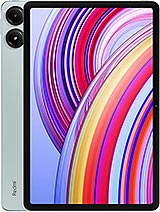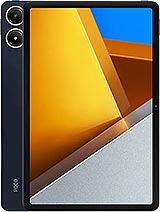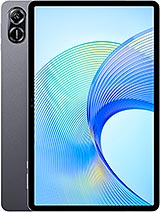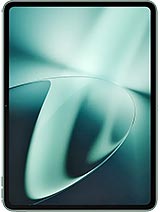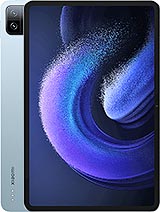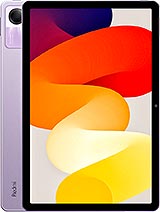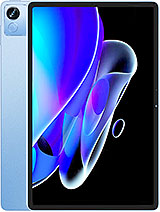Poco Pad review

Display
The Poco Pad impresses with a large 12.1-inch IPS LCD screen with 2560 x 1600 pixels (249ppi), 120Hz refresh rate, 240Hz touch sampling, 12-bit color depth and Dolby Vision support.
A sheet of Gorilla Glass 3 is used on the screen to keep scratches away.

The official specifications list 500nits as typical and 600nis as maximum brightness. And the numbers are in the ballpark - we measured 488nits of maximum manual and 564 nits of maximum automatic brightness.
The minimum brightness at point white was 2.1 nits.
Refresh rate
The Poco Pad display supports up to 120Hz refresh rate. There are four modes for controlling the refresh rate - Default (read Auto), 60Hz, 90Hz and 120Hz. The two middle options set a ceiling for the height of the refresh rate, while the Default and 120Hz modes act exactly the same, allowing the panel to go all the way to its maximum speed, but still scale down when not needed.
The display supports 30Hz, 48Hz, 50Hz, 60Hz, 90Hz, and 120Hz steps. However, oddly, when the screen is idling, it usually uses the maximum refresh rate allowed by the system. But across various apps we saw 30Hz (video playback), 48Hz (streaming), 50Hz (streaming), 60Hz (videos and apps), 90Hz (some system apps and games), and 120Hz in benchmarks and system UI.
HDR and streaming
The Poco Pad supports Dolby Vision streaming and offers such an option in compatible apps like Netflix. There is no HDR10 support, and hence, there is no HDR10 streaming on YouTube.
Battery life
The Poco Pad is powered by a 10,000mAh battery, the same capacity as the Redmi Pad Pro's. Quite expectedly, the Poco Pad scored a similar Active Use Score in our testing - 9:15h. It did excellent when it comes to calls and video streaming, and quite alright in the web and gaming tests.
Charging speed
The Poco Pad supports 33W fast wired charging, and it ships with such a power adapter in the box.

We have completed our charging test, of course. The supplied 33W adapter recharged 14% of the battery in 15 mins, 27% in 30 mins, while a full charge took 2 hours and 8 minutes.
Speakers - loudness and quality
The Poco Pad has four speakers with Dolby Atmos support. They are placed two by two on the short sides.
The tablet scored a Very Good mark on our loudness test. The audio is balanced and with deep sound, enough bass and good vocals.
Use the Playback controls to listen to the phone sample recordings (best use headphones). We measure the average loudness of the speakers in LUFS. A lower absolute value means a louder sound. A look at the frequency response chart will tell you how far off the ideal "0db" flat line is the reproduction of the bass, treble, and mid frequencies. You can add more phones to compare how they differ. The scores and ratings are not comparable with our older loudspeaker test. Learn more about how we test here.
Reader comments
- Mack
- 10 Jan 2025
- Kg$
Is poco pad have pc mode?
- araragi
- 03 Nov 2024
- Lh7
How the battery drains faster compare to redmi pad pro when they both are the same tablets ?
- Russel
- 03 Oct 2024
- vbx
Again. It's better for you like he says. Having an option to use wired audio and an sd card slot is better than having no option whether you use it or not.
